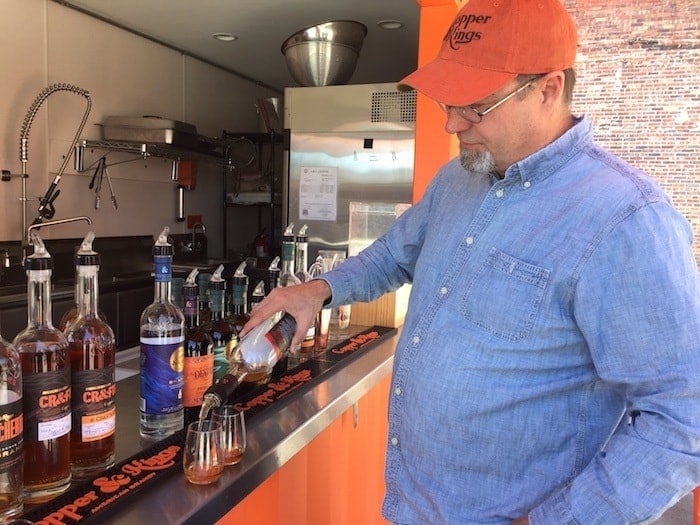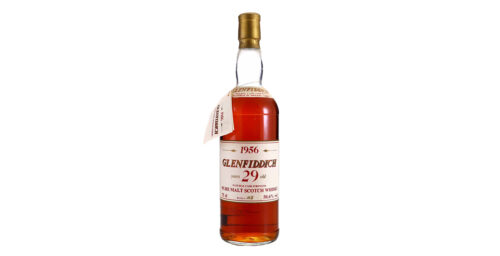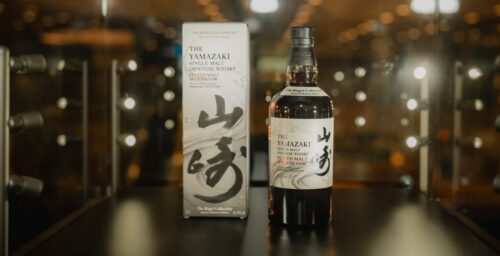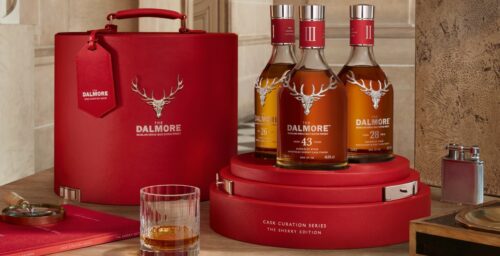We hadn’t been at Copper & Kings Distillery for more than two minutes before a drink was thrust into our hands. It wasn’t brandy. “Here,” said smiling founder Joe Heron. “Lou-a-Village.”
I took a sip while Joe explained how this thick, dark, boozy beer represented a four-way collaboration between Copper & Kings and a local brewery, a local chocolate maker, and a local coffee maker, which would culminate in the anticipated release of a whiskey made from this chocolate-coffee-orange stout in the years to come.
After sampling the roasty, fruity distillate fresh from the still, as far from new make bourbon as could be, I pondered: I thought Louisville was a bourbon town?
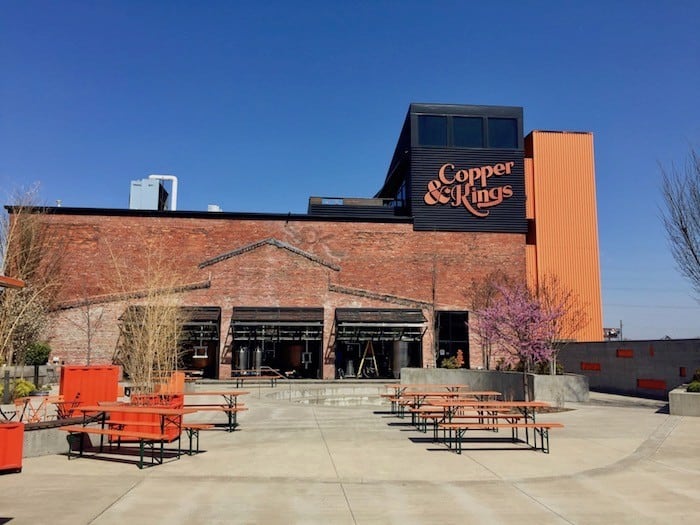
America’s official native spirit is around every corner in Louisville, from your bartender’s tattooed arm to the custard for your French toast. But Copper & Kings Distillery in Louisville’s hip Butchertown neighborhood is out to prove that bourbon isn’t the only booze that turns Louisvillians on. “We’re probably Louisville’s favorite distillery to be honest,” laughs Joe. “Every city in Kentucky is a bourbon town, but you’ll see us when you go out pretty much everywhere. And you’d better be drinking it – I need it more than those bourbon guys,” he says with a wink.
A brandy distillery in bourbon country
Joe founded Copper & Kings in 2014 after successfully starting another business, Crispin Cider, which owed its success to fermented fruit. Even though it’s located in the heart of bourbon country, Copper & Kings is all about America’s other native liquor: brandy. Just don’t expect them to make only brandy—they’re not purists, after all.
In many ways, Copper and King’s brandies are more like whiskey than traditional European brandies like Cognac or Armagnac, or even California brandies, which tend to take their cues from European producers. Many of Copper & Kings brandies are aged at least in part of new charred American oak casks, giving them a familiar mahogany color and spicy-sweet flavor that would cause Remy-Martin blenders’ heads to spin. “We styled ourselves very specifically on American brandy,” says Joe. “We have no interest in being a derivative of a European tradition.”
Why start a brandy distillery in Kentucky? “There’s a lot of whiskey,” says Joe. “And more every day. The big guys are extremely dominant and not bad at what they do. How would a little guy compete? For us, brandy represented more opportunity. When pioneering, it’s challenging. You’ve got to be doing a lot of other things. But it’s much easier than being squashed by Brown-Forman.”
Joe isn’t the first American distiller to stake his claim on brandy—he’s quick to point out that craft distilling pioneers Steve McCarthy (Clear Creek), Jörg Rupf (St. George) and Hubert Germain-Robin (Germain-Robin) are all brandy distillers—but he is among the most committed to taking brandy in such a distinctly American direction. After all, “brandy is America’s original spirit,” explains Joe. “1640 was the first documented distillation in America, and it was of brandy in New Amsterdam [now New York].”
Another way Copper & Kings differs from the European tradition is its reliance on out-of-region produce. Wine grapes and orchard fruits are not major crops in Kentucky, which means Copper & Kings must reach outside its local area for product. It imports wine from the Central Valley of California, focusing on aromatic white varieties like muscat, colombard, and chenin blanc, which produce a floral, high-toned spirit. “We wanted grape varieties with aromatics and acidity as opposed to neutrality,” says Joe. “Copper & Kings is the opposite of neutrality. We’re all about intensity.”
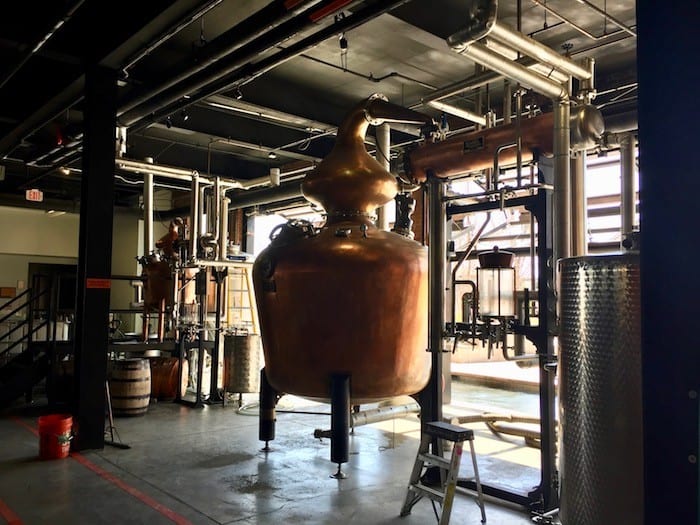
The inner workings of Copper & King
A trio of Vendome copper pot stills (Sarah, Magdalena, and Isis, all named after characters from Bob Dylan’s “Desire” album) preside over the production floor. Joe says the pot still shape, which includes a pronounced bulge in the neck called a brandy helmet, is essential for achieving the flavor profile Copper & Kings is after.
Downstairs in the barrel room, casks painted with eye-catching Copper and King’s orange slumber in artfully disorganized rows, interspersed with barrels showcasing familiar names from the world of beer, wine, and craft spirits. Westland, for instance, nestles next to King Estate across the aisle from a row of Bruery barrels. Copper & Kings experiments a lot with cask finishes, including some that feel directly informed by whiskey culture: sherry casks, beer casks, wine casks, and, of course, stack upon stack of used bourbon barrels from distilleries big and small.
The distillery also experiments with sound, a technique I’ve heard referred to as the “Mozart method.” As we strolled the rows, Marvin Gaye crooned from a hidden speaker. Joe urged us to walk towards the origin point of the music, a mounted speaker with two huge subwoofers concealed at the end of a narrow aisle.
As we got closer, we began to feel the reverberations of the bass in our bones, and it got easier to understand the purpose of serenading your maturing spirit. “It’s to do with pulsation,” explains Joe. “You pulse a baseline in, and the theory is it hits the alcohol molecules against the barrel wall where it slides and falls, slides and falls.” He says there’s a noticeable difference in flavor between the barrels closest to the speaker and those stored farther away.
In the bold light of day, we sidled up to the bar for a taste. Copper and King’s portfolio feels perfectly designed for today’s cocktail culture, right down to the filigreed labels on the curaçao and absinthe (part of Copper & Kings’ Destillare brand, which focuses on liqueurs). Anybody who’s ever perused classic bartender manuals like the Savoy Cocktail Book knows that brandy (often in the guise of Cognac) was an immensely popular ingredient in American cocktails at the turn of the 20th century. In fact, some canonical whiskey cocktails, including the Sazerac, originally featured brandy.
In the ongoing, hopeful debate over whether brandy is the next big thing in American spirits, there’s an undertone of uncertainty. Will the brandy drinkers of tomorrow first get to know the category through wine, or through whiskey? Brandy sits at the intersection of the two, linked to the agricultural and varietal traditions of wine while delving just as deeply as whiskey into the nuance and complexity of the interaction between oak and spirit.
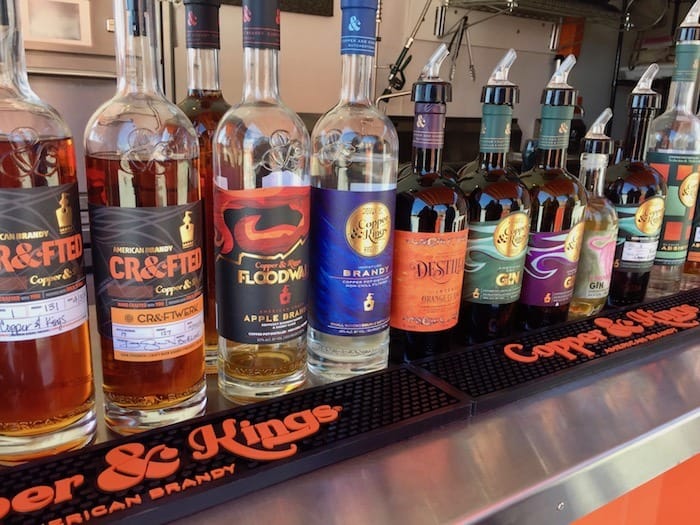
At Copper and Kings, it’s brandy-by-way-of-whiskey, all the way, down to the experiments with distilled craft beer. The Louisville location, the rock-and-roll vibe, and the natural fit to contemporary cocktail culture all point to a particularly seamless entry point for the whiskey-lover to the big, wide world of brandy, all without stepping outside their comfort zone by more than a few blocks. Angel’s Envy, after all, is just down the road.





